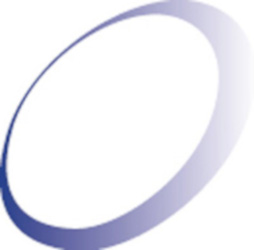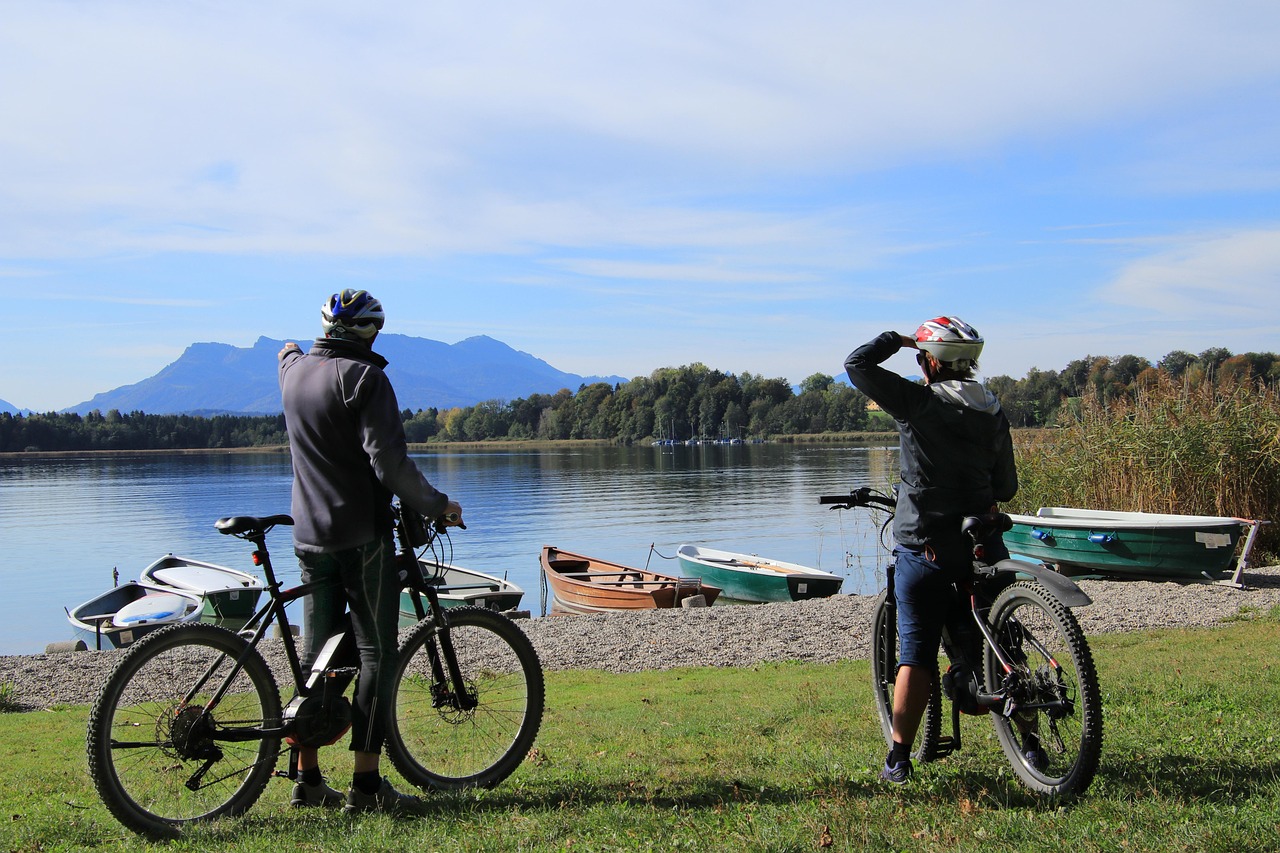Study by researchers from Giessen and Hildesheim shows that stress at work can lead to us exercising less in our free time – self-regulation as a key factor
Giessen/Germany, March 11, 2025. After a stressful day at work, many people long for a cosy break on the sofa rather than a sports session. However, a research team from Justus Liebig University Giessen (JLU) and the University of Hildesheim has now investigated whether the experience of work stress actually influences physical activity after work. The study shows that not all stressors have the same effect on sports behaviour in leisure time. Negative stressors in particular reduce physical activity after work. This refers to job stressors that are perceived as blocking and obstructive, such as a lot of bureaucracy.
‘Interestingly, this negative influence of stress on physical activity was not found for the group of positive stressors, such as a high level of professional responsibility, which is experienced as personally demanding but also as beneficial,’ says Dr Sascha Abdel Hadi, researcher at JLU and first author of the study. ‘Our results underline the fact that not all stressors at work are unfavourable. Negative stressors in particular rob us of the resources for sporting activities after work“.
The researchers analysed the experiences of 208 employees in a 14-day diary study. The results show that the reduced physical activity is due to a loss of self-control, the so-called ability to self-regulate. Negative stressors therefore sap the mental energy needed to remain active after work, while positive stressors are often experienced as less draining.
The results are not only relevant for employees, but also for companies, says Abdel Hadi: ‘If you want employees to remain healthy and productive in the long term, you should make sure to minimise negative stressors and create a working environment that is less exhausting.’
Original publication:
Abdel Hadi, S., Mojzisch, A., Janurek, J., & Häusser, J. A. (2025). A challenge-hindrance perspective on the relationship between job demands, self-regulatory capacity, and employee physical activity. Work & Stress, Advance online publication. (https://doi.org/10.1080/02678373.2025.2468719)
ImageSource
Marjon Besteman Pixabay


